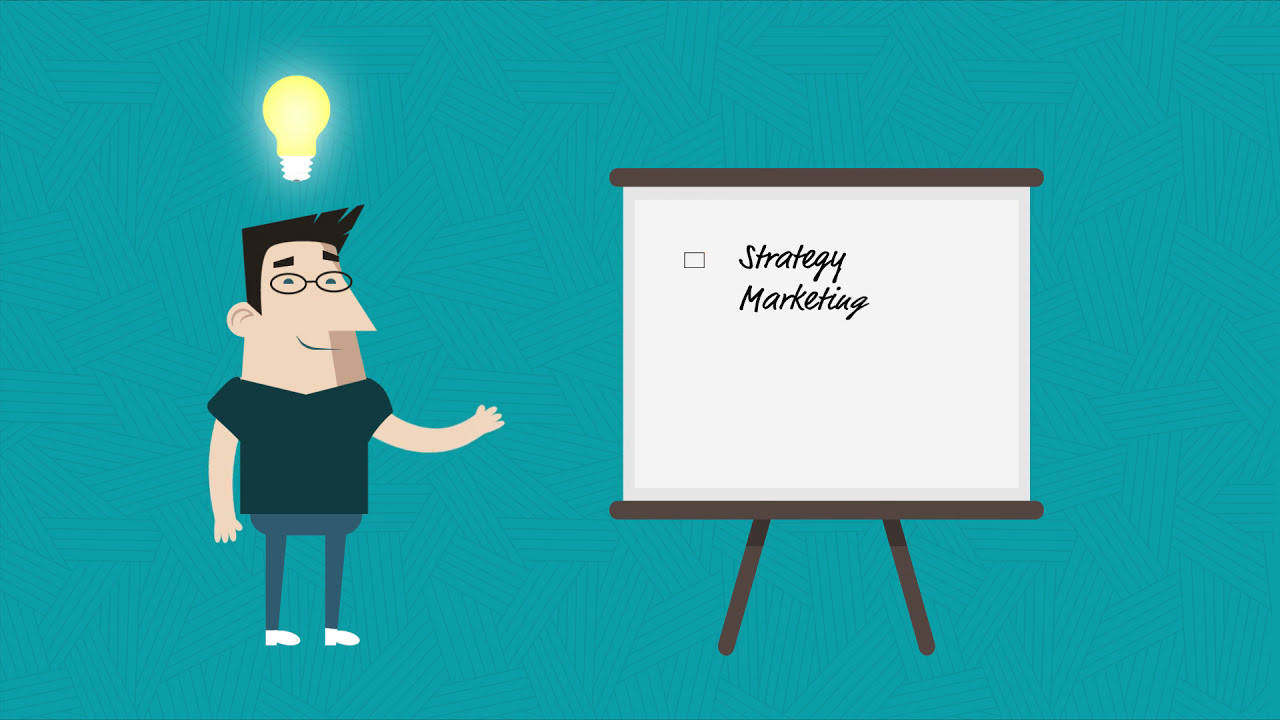
As businesses evolve and grow, so do their customer bases. Managing customer relationships becomes more complex with time. That’s where Customer Relationship Management (CRM) comes in. CRM is a strategy that businesses use to manage interactions with customers, build long-term relationships and increase revenue.
In this article, we will explore everything you need to know about customer relationship management, including its definition, benefits, implementation, and challenges. So, let’s dive in!

Customer Relationship Management (CRM) refers to a set of strategies, processes, and technologies that businesses use to manage interactions with customers. CRM aims to build long-lasting relationships with customers by providing them with personalized experiences that meet their needs and expectations.
Most organizations are at the least experimenting with cloud workloads, however many even have a really combined cloud surroundings. Of the organizations working cloud workloads, we estimate at the least 80 % have a multi-cloud surroundings that features entry to each on-prem and public cloud cases, in addition to utilizing a number of suppliers (e.g., AWS, Azure, Google, Oracle, IBM, SAP, and many others.). This makes the world of cloud deployments very complicated.
A CRM system helps businesses store customer data, track customer interactions across various channels, automate repetitive tasks, and gain valuable insights into customer behavior. With a CRM system, businesses can deliver targeted marketing campaigns, improve customer engagement, and ultimately increase revenue.

There is no specific timeline for implementing a CRM system. Every business has unique needs, and it’s up to you to determine when the time is right. However, some signs indicate that your business may be ready for a CRM system:
If any of these apply to your business, it may be time to consider implementing a CRM system.

Implementing a CRM system can be challenging, especially if you’re unfamiliar with the process. To help you get started, here are some steps to follow:
Before selecting a CRM system, start by defining your business goals. What do you want to accomplish with the CRM system? Do you want to improve customer satisfaction, increase sales, or streamline processes? Answering these questions will help you select the right CRM system for your business.
There are many CRM systems on the market, each with its unique features and capabilities. To choose the right CRM system, consider factors such as scalability, ease of use, integration with existing systems, and cost. Make sure the CRM system aligns with your business goals and budget.
After selecting a CRM system, customize it to meet your business needs. Set up fields to capture customer information, create workflows to automate tasks, and set up reports to gain insight into customer behavior.
Your team will be using the CRM system daily, so it’s essential to train them on how to use it effectively. Train them on how to capture customer data, track interactions, and use reports to make informed decisions.

Like any business strategy, using a CRM system has its pros and cons. Here are some to consider:
If a CRM system isn’t right for your business, there are alternatives that you can explore. Here are some options:
Spreadsheets are a simple way to manage customer data manually. They are cost-effective and easy to use. However, they lack the features and capabilities of a CRM system, making them less efficient in managing large customer bases.
Email marketing tools enable businesses to send personalized emails to customers based on their behavior. They are more affordable than CRM systems but have limited features compared to a complete CRM solution.
Social media management tools help businesses manage social media channels, monitor brand mentions, and engage with customers. While they can help improve customer relationships, they don’t provide comprehensive customer insights like a CRM system.
The primary goal of customer relationship management is to build long-lasting relationships with customers by providing them with personalized experiences that meet their needs and exceed their expectations. By doing so, businesses can improve customer loyalty, increase retention rates, and ultimately drive revenue growth.
CRM systems can store various types of customer data, including contact information, transaction history, purchase behavior, and demographics. Some advanced CRM systems can also collect data from social media and website interactions.
Yes, most CRM systems are designed to integrate with other business software, such as marketing automation tools, accounting software, and customer service software. Integration enables businesses to streamline processes and gain a comprehensive view of customer interactions.
CRM systems enable businesses to capture and store customer data, enabling them to personalize communication across various channels. By using data such as purchase history or browsing behavior, businesses can deliver targeted marketing messages that resonate with individual customers.
Some common challenges businesses may face when implementing a CRM system include resistance to change among employees, the complexity of the system, and difficulty integrating the system with existing technology. It’s essential to have a clear plan and ensure employee buy-in to overcome these challenges.
Customer Relationship Management (CRM) is an essential strategy for businesses looking to build long-lasting relationships with customers and increase revenue. While implementing a CRM system can be challenging, the benefits outweigh the cons. By selecting the right CRM system, customizing it to meet your needs, and training your team effectively, you can improve customer satisfaction, streamline processes, and drive growth.
Overall, investing in a CRM system is a valuable tool for businesses looking to stay competitive and provide exceptional customer experiences. With the proper implementation and management, CRM systems can help businesses achieve their goals and reap the benefits of a loyal customer base.So, if you’re considering implementing a CRM system for your business, it’s important to research and choose the right solution that meets your unique needs. By doing so, you can improve customer relationships, increase revenue, and streamline sales and marketing processes.
Remember, while CRM systems are valuable tools for businesses, they are not a one-size-fits-all solution. It’s essential to weigh the pros and cons of each system and assess your business goals before making a decision.
In conclusion, customer relationship management is an essential strategy for modern businesses. With the help of a CRM system, companies can better understand their customers, provide personalized experiences, and drive revenue growth. By following the steps outlined in this article, you can successfully implement a CRM system and enjoy all the benefits it has to offer.